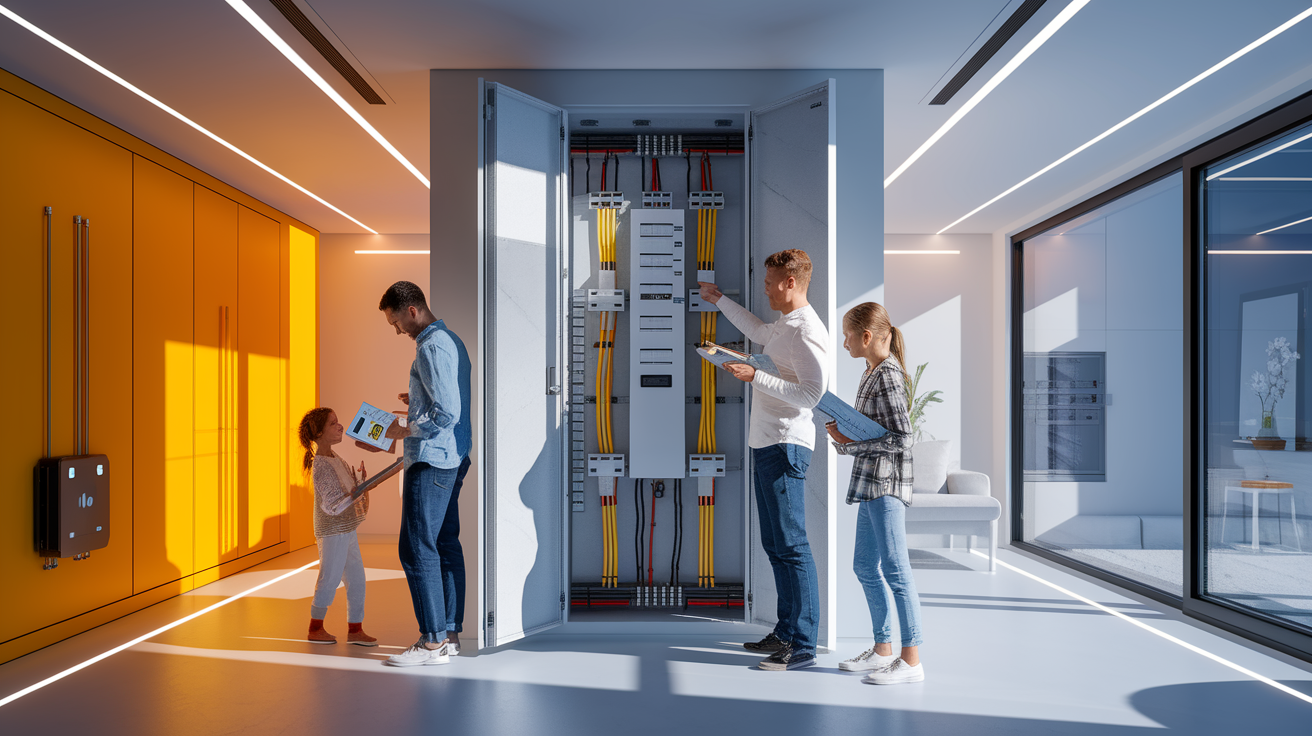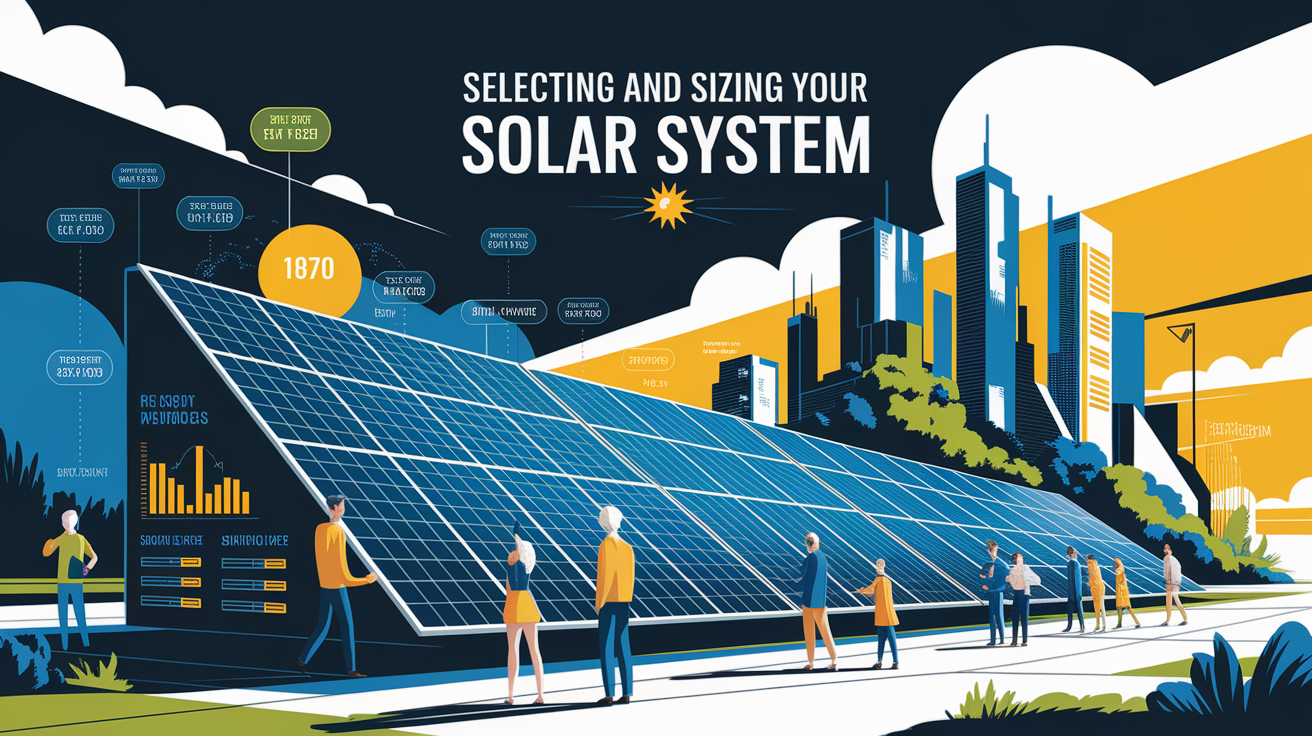Solar Revival: Retrofitting Older Homes for Modern Power
Solar Revival Kickoff
For many homeowners with vintage properties, the idea of a rooftop solar installation might seem daunting—but advances in renewable energy make retrofitting an older home both practical and highly rewarding. With a carefully planned approach, solar technology can integrate seamlessly with legacy electrical infrastructure, delivering significant cost savings, boosting energy efficiency, and increasing property value. The process starts with understanding how modern solar systems can bring 21st-century performance to homes built decades ago, without compromising their integrity or character.

Assessing Your Home’s Electrical Readiness
A successful retrofit begins with a rigorous evaluation of your home’s structural and electrical systems. According to solar compatibility assessment guidelines, this includes verifying roof strength, checking for signs of rot or damaged shingles, and confirming the slope and orientation are optimal for solar energy capture—south-facing surfaces at 15°–40° are ideal. Shade from trees or neighboring buildings must be factored in, as even partial obstruction can reduce output.

Older homes often feature legacy electrical systems that may not safely handle the additional load from solar generation and grid interconnection. That’s why a professional inspection of the main electrical panel, circuit breaker capacity, and overall electrical wiring health is critical. As highlighted in expert retrofit evaluations, net metering considerations, real-world energy consumption data, and adherence to updated electrical code compliance requirements should also be part of the feasibility study.
Essential Electrical Upgrades
Bringing an older home up to today’s renewable energy standards usually requires modernization of its electrical infrastructure. Based on insights from structural and electrical upgrade recommendations, here are the most impactful improvements:

- Main Electrical Panel Upgrade: Increasing capacity from 100 amps to 200 amps or more to support additional solar circuits and future electrification projects.
- Wiring Replacement: Installing modern, high-quality conductors to meet safety codes and minimize resistance loss.
- Dedicated Solar Circuit Breakers: Ensuring safe integration of the solar inverter with the grid connection.
- Advanced Grounding Systems: Protects against faults and enhances safety.
- Solar Disconnect Switches: Critical for maintenance safety and required for most permits.
- Smart Meters & Monitoring: Enables precise tracking of production and consumption for efficiency optimization.
These upgrades not only facilitate solar panel installation but also set the foundation for additional smart home energy improvements, electric vehicle charging, and battery storage integration.
Selecting and Sizing Your Solar System
System design begins with a deep review of your household’s consumption profile. This energy audit should consider daily, monthly, and seasonal usage patterns, as well as high-demand appliances. As detailed in solar system planning resources, the goal is to size the array so it reliably offsets your consumption without overshooting practical production limits dictated by space, shade, and budget.

Key considerations include:
- Understanding utility interconnection requirements and net metering rules.
- Choosing between string inverters and microinverters based on roof layout and shading factors.
- Evaluating the benefits of solar battery storage to achieve partial or full energy independence and provide backup power.
Correct sizing reduces payback time, ensures maximum system efficiency, and allows smooth future upgrades if energy demands increase.
Streamlined Installation Process
Once the design is finalized, a streamlined installation minimizes disruption while ensuring top performance. Skilled solar installers coordinate with licensed electrical contractors to execute the work in compliance with local and national codes. The process generally follows these steps:
- Permitting: Obtain all required solar permits and inspections in line with municipal and utility regulations.
- Structural Preparation: Implement any necessary roof reinforcements or repairs.
- Electrical Modernization: Complete panel upgrades, wiring replacements, and add solar-specific circuit protection.
- Panel Mounting & Wiring: Secure racking systems, install panels, connect inverters, and integrate with the home’s electrical system.
- Commissioning: Test the full grid-tie solar system, secure final inspection approval, and activate the array.
By working with an experienced installation team familiar with energy efficiency retrofits, homeowners can ensure a smooth transition from evaluation to full solar generation.
Financing and Incentive Strategies
Modernizing a vintage property for solar doesn’t have to strain your finances. Federal tax credits, state rebates, and utility incentives significantly reduce upfront costs. Many homeowners opt for solar loans or leases to spread payments over time, with monthly savings on utility bills offsetting part—or sometimes all—of the financing cost.
Key funding and incentive approaches include:
- Federal Solar Investment Tax Credit (ITC): Allows you to deduct a significant percentage of installation costs from your federal taxes.
- State and Local Rebates: Programs vary widely but can cut thousands from the initial investment.
- Property Assessed Clean Energy (PACE) Financing: Links repayment to property taxes, allowing long-term affordability.
- Net Metering Credits: Monetize surplus power sent back to the grid.
A thoughtful financing plan balances immediate affordability with long-term return on investment, ensuring the retrofit pays for itself over time.
Bright Horizons: Conclusion
Retrofitting an older home for solar and electrical upgrades is both a forward-thinking sustainability move and a financially sound investment. By starting with a thorough solar feasibility study, addressing structural and electrical safety upgrades, and selecting the right system size and configuration, you unlock the potential to power your home more efficiently and cleanly than ever before. This process not only modernizes your property but also aligns it with the future of energy—where resilience, independence, and sustainability are essential.
The key takeaway: approach the project methodically, work with qualified professionals, leverage all available incentives, and ensure that every step—from roof analysis to final commissioning—supports performance, safety, and long-term value. Done right, your home will stand as a model of how historic structures can thrive in the renewable energy era.







